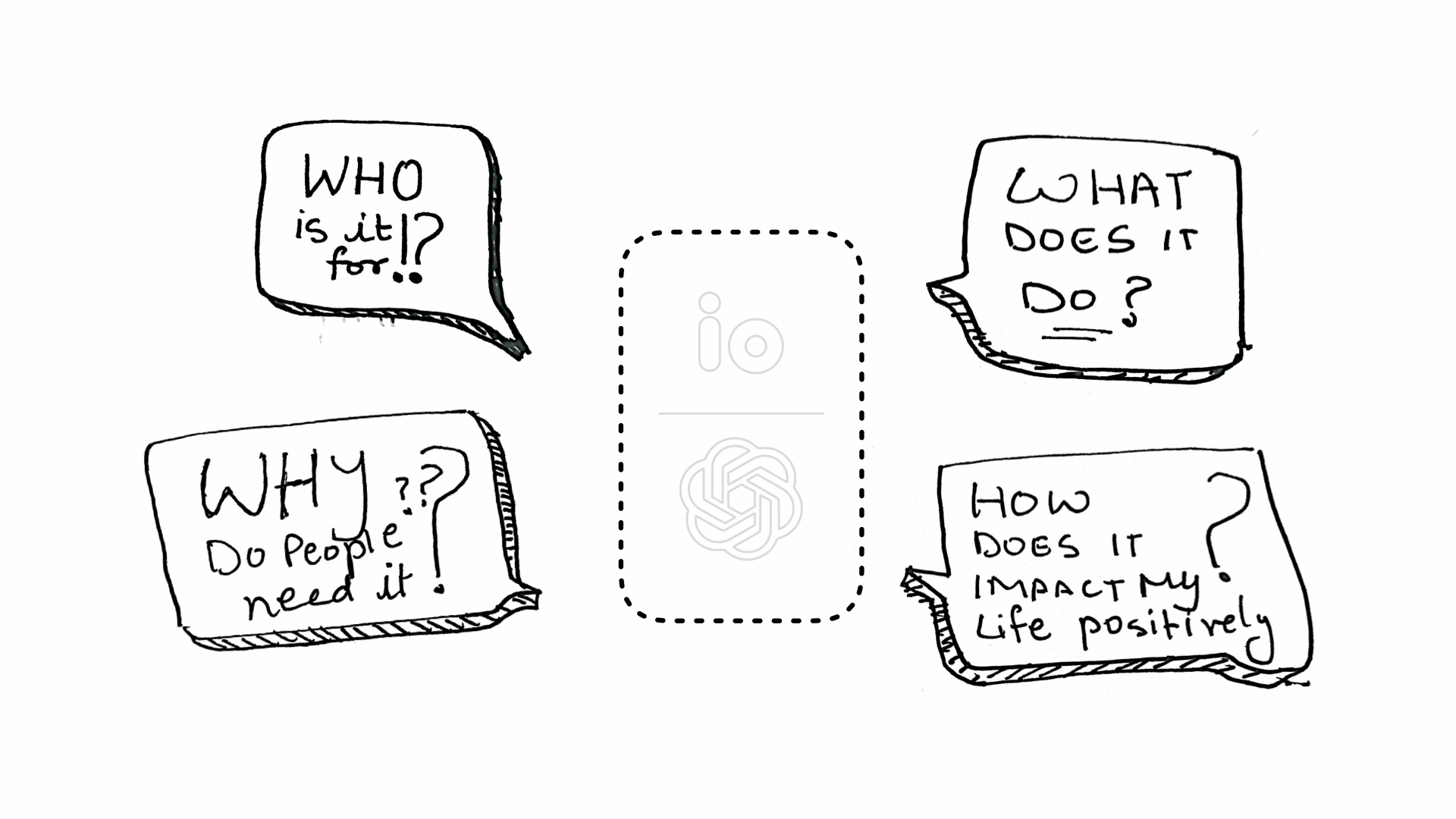The problem with AI hardware is that it’s called AI Hardware
Thoughts on the Jony Ive — Sam Altman partnership, the problem with AI hardware and where I want to see “AI Hardware” go.

Personally, I am cautiously optimistic about the new Jony Ive — Sam Altman partnership. Jony Ive is a successful designer with a lot of experience in designing amazing hardware for products that have redefined tech industry in many ways but he and his industrial design team are just one part of a much larger team that made those amazing products possible.
OpenAI partnering with Jony Ive is not a sure-shot way of designing the next big thing in computing. Yes, it’ll probably have the best industrial design that’s come out for a hardware product in a while. Yes it’ll have great AI models (that’s what OpenAI literally does). But will it be a product that people use? That remains to be seen.
If the two AI Hardware devices that released last year are any indication, there’s a lot of work to be done before anything can be successful in this field. Why? The problem with AI hardware is the fact that it’s called AI Hardware. This is a nonsensical term that doesn’t mean anything but Silicon Valley is hell bent on trying to give it meaning and form. The lack of creative naming is also a lack of product clarity in my humble opinion.
Who is the AI Hardware for?
Why do those people need it?
What does an AI hardware device do?
How is that better than the current solutions?
The answer to all of these questions is unclear, and it usually goes in the vain of AI hardware being a general purpose computing device, that will be useful for everyone, and will do the job that your phone does now but better because it is slathered in AI. Which to me is a recipe for disaster.
We’ve seen how it goes, General Magic, Humane Ai Pin, Rabbit R1, they’re all prime examples of this problem.
When you look at one of the most successful general computing devices of all time, the iPhone, even that had a clear user-base in mind and three clear use-cases (an iPod, a Phone, an Internet device) that made it stand out. It’s clear that general purpose doesn’t really mean general purpose, it still means a list of specific things that this new device would be incredibly better at, so much so that people will leave their existing solution and adopt it instead. This is not what I hear when I see AI hardware today.
What would I love to see? I’d argue it might actually make sense to make more uni-taskers again. Computing devices that do one task, but perform it really well (Like iPods, Kindle, Nintendo Switch). Not everything needs to be the next iPhone. It can start small and build from there on. Even the iPhone wasn’t as complex a computing device it is today.
At the very least I’d like to see a computing device with a clear user in mind, and a clear “this is how it impacts my life in a positive way, and this is why it’s better than that what people are using right now” pitch.
